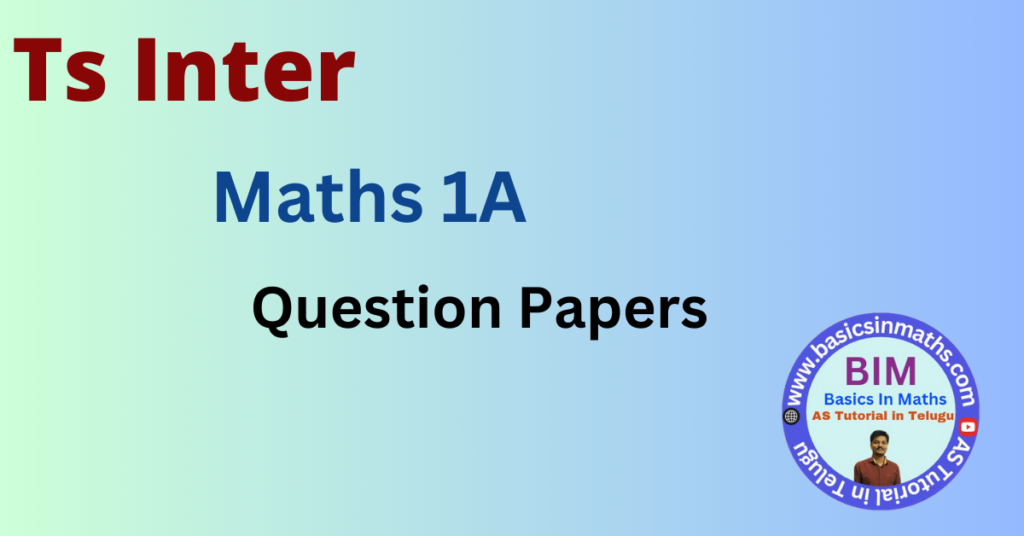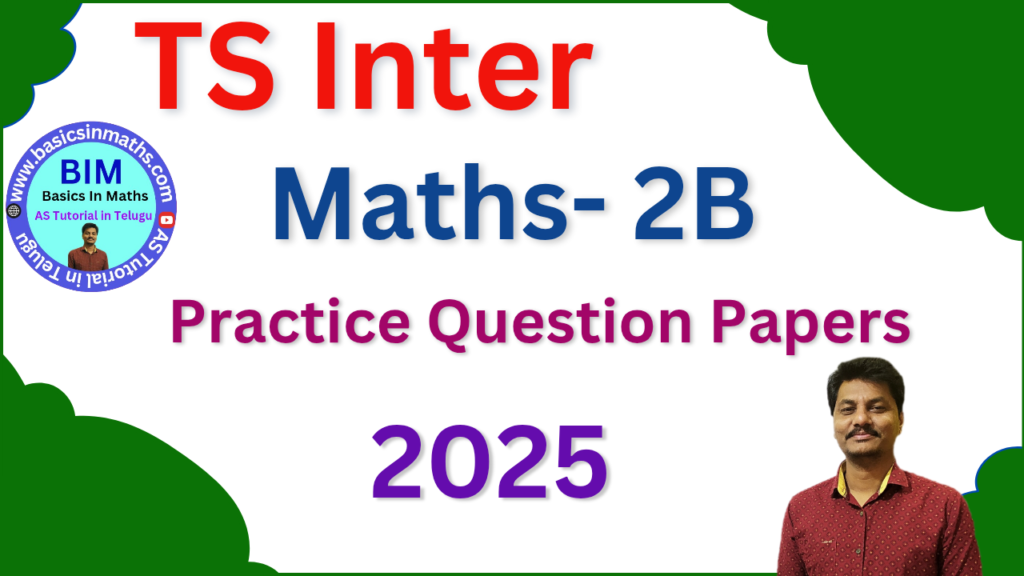TS Inter 1st Year Maths 1B Question Papers 2025
TS Inter 1st Year Maths 1B Question Papers 2025 Inter 1st Year Maths 1B – Are you preparing for the Telangana State Intermediate 1st Year exams? Strengthen your preparation with Maths 1B Question Papers! Access previous years’ papers, model papers, and practice questions to build confidence and improve your problem-solving skills. These papers cover important […]










